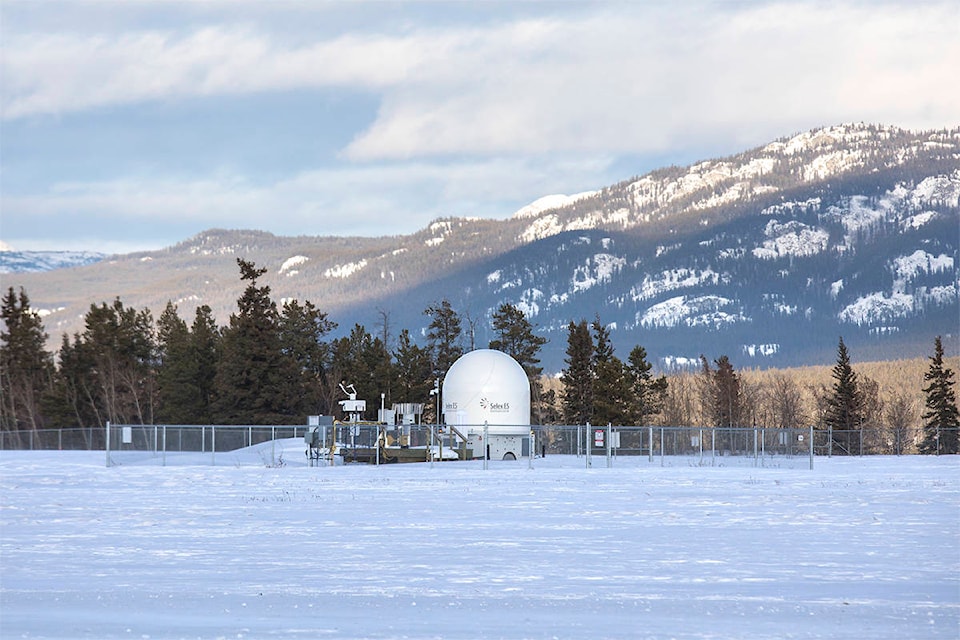The thick layers of smoke Yukoners witnessed in Whitehorse last summer will not be able to stop new technology now capable of piercing into dense weather systems — and, as a result, Northerners could be safer.
The new instruments installed at stations in Whitehorse and Iqaluit have the capacity to paint a more accurate picture of what the weather is up to, which could improve search and rescue operations, air traffic and shipping routes, among other things, said Zen Mariani, an Environment Canada researcher.
It could also act as a preventative measure, keeping people out of peril during snap shifts in weather patterns, all too common in the Yukon.
“You’re gonna have more accurate predications of whether it’s gonna rain or snow, what’s the temperature gonna be like, what are the winds like, that kind of thing,” said Mariani, noting that stations were capable of gauging these things before, but only at a surface level.
Now, however, there’s going a wealth of quality data available.
While not directly related, Mariani said better readings could help people prepare for the effects of climate change, which are particularly acute in the North.
“People can’t just rely on what they used to do,” he said. “There’s a lot of more variability and we really do need this increased observation and predication — number one for public safety but also to meet this need that comes with that change.”
Starting about five years ago, Environment Canada began upgrading weather facilities in the two northern capitals.
The gadgets turn facilities, located near airports in each city, into weather stations on steroids — “supersites,” as Mariani referred to them.
They are now armed with a suite of remote sensors that can take measurements at large distances away. There’s radar with a range of up to 60 kilometres, capable of gauging clouds and precipitation, among other things. Something called lidar — lasers that can penetrate up to seven kilometres into weather systems — measure wind speeds.
“It can measure up to several kilometres away above ground as well as horizontally, Mariani said. “It can measure wind direction, wind speed at very, very high resolutions.
“These are very detailed snapshots, if you will, of the state of the weather and the atmosphere at and around the site.”
The new instruments are being operated remotely from the south.
There will be no improvements to update speeds, he said, which range between five and 10 minutes to be posted online. What matters here is the “richness” and accuracy of open data.
“We don’t only want to make changes to the weather forecast model above Whitehorse or Iqaluit,” he said. “What we’re targeting is changes that would improve the weather forecast model across the entire region.”
The goal going forward is to test the new technology in order to remedy relative weather blind spots in the North.
Arctic countries around the world are also ramping up their forecast power, Mariani said. These new supersites could help with that. Together, Mariani said, they would be able to measure fluctuations on a more global scale.
The Northwest Territories has been left out.
Asked why Whitehorse and Iqaluit were selected as host cities, Mariani said, “These are two very different regions where we can test the instruments and look at the data. Iqaluit is Arctic tundra and Whitehorse we’re in mountainous terrain, so we’re gonna get completely different types of weather in these systems.”
There are no plans right now to expand to a third site, he said, adding that Yellowknife would be a good candidate if the opportunity arose.
With files from the Canadian Press
Contact Julien Gignac at
julien.gignac@yukon-news.com
